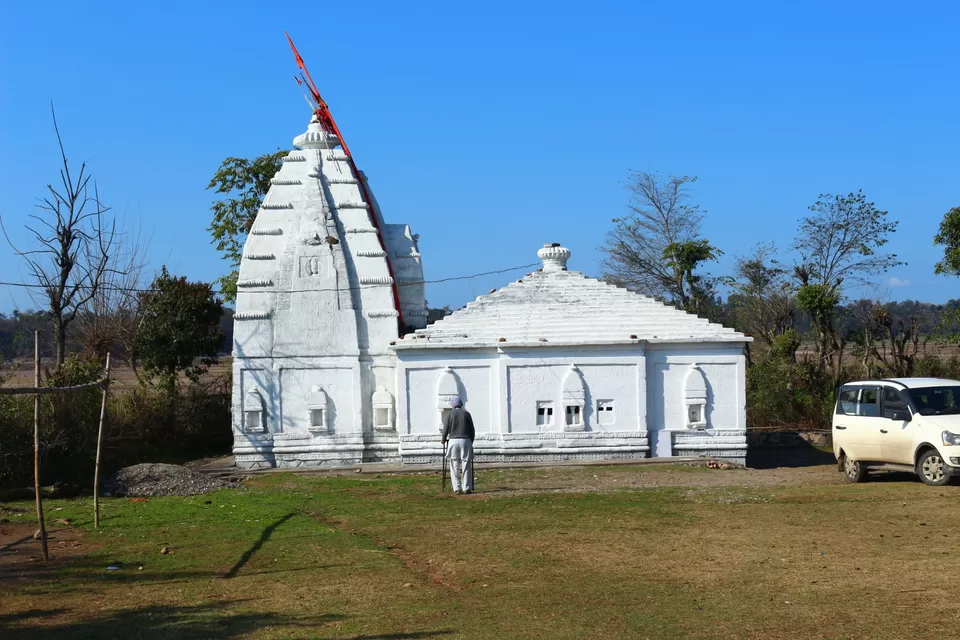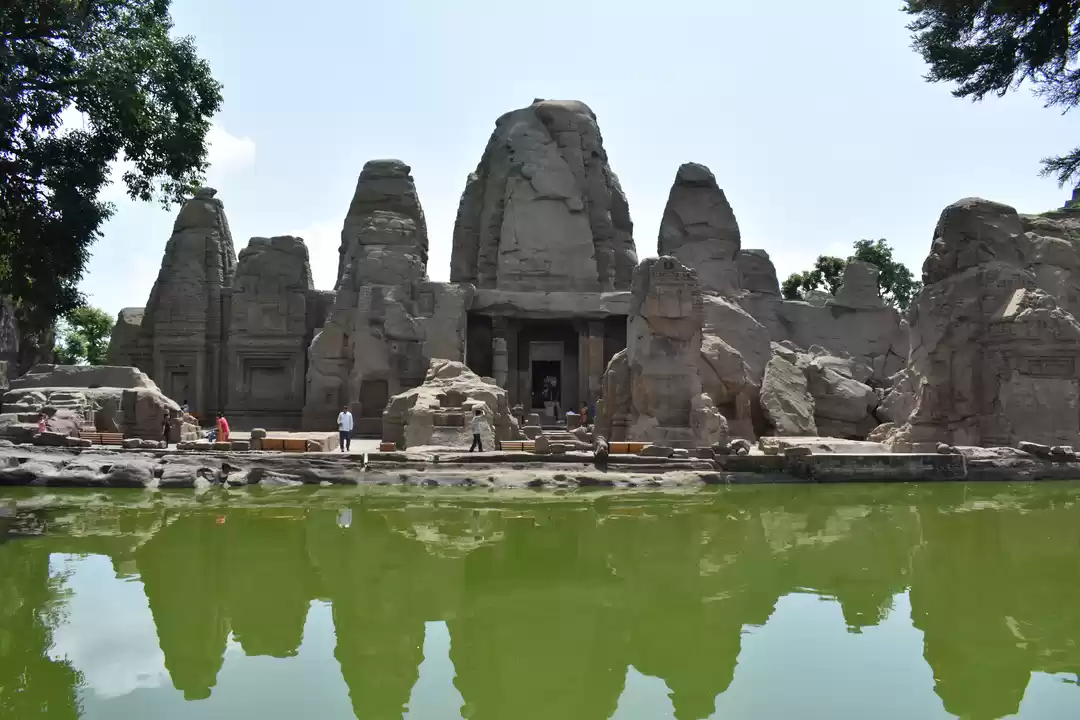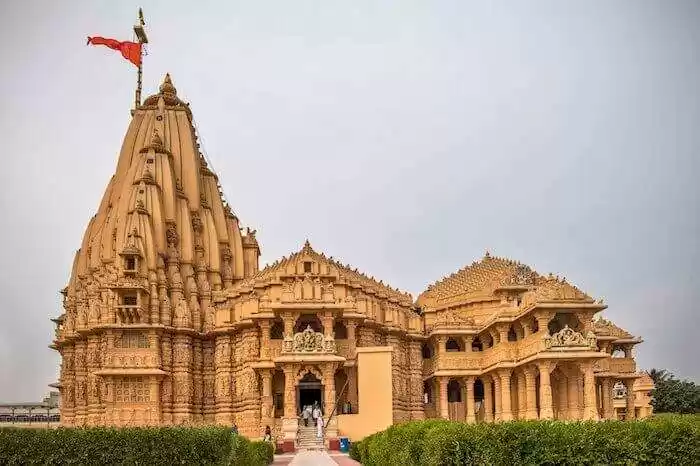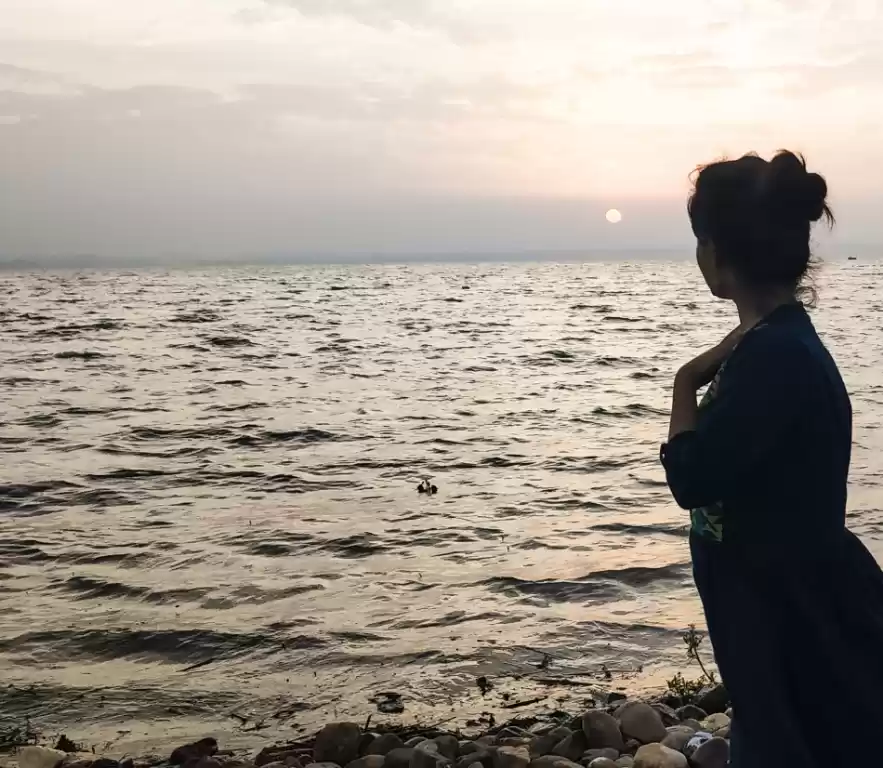
In the 21st century of this world, when every single logical Indian is questioning the existence of our gods and conceiving them as a notion of an illogical fallacy of the past, the ancient monuments force our minds to explore the other side of the truth and rekindle the spark of faith in our hearts. The historical monuments always surprise you with the grandeur vision of the Indian Craftsmen who endeavoured to built such glorious ancient rock cut temples with such an elegant architecture. There is such a temple which was built in the eight century and located in the Kangra Valley amidst dense forests facing northeast towards the Dhauladhar Ranges. It is considered to be the first Rock Cut Temple of North India whose connection have been presumed to be associated with the largest rock temple of the world namely Angkor Wat in Cambodia.
HOW TO REACH THERE.
For me, it was a journey to reach at my friend's wedding in Harsar village of Kangra District in Himachal Pradesh. The route we followed was like
Chandigarh< Una< Talwara<Khatiyar(Pong Dam) <Jawali< Nagrota Surian< Masroor (228 KM approx)
This is a majestic place which makes you feel like being near to the sea. When we reached there we could not see the horizon from our eyes. The dam is built on Beas River and consists of many small islands. It is considered to be the best place to enjoy the famous Mahaseer Fish known for its exquisite taste and relish flavour which is also the specialty of this area. There are many shops there where you can buy different type of fishes like Mahaseer, Desi Singhara, Katli etc.




You can read a brief detail of this temple from the articles of the eminent historian namely Micheal W Meister. As per his studies the temple was never completed and the king who built this temple was Yasovarmam who was the contemporary of Kashmiri King Lalitaditya in the eight century. This temple is a proof that Mountain Kings acquired a great deal of power at that juncture and their kingship is known through these type of monuments. However, the earthquake in 1905 that shook the whole Himachal Valley had done a great deal of damage to this temple.
Towards the beginning, the temple was believed to be Vishnu oriented by the Indian Historians as the sanctum holds the idols of Lord Rama, Godesses Sita and Lord Laxmana. Later after a brief research, the Indian Historians agreed and resolved that this is a Shaiva based temple dedicated to the Lord Shiva. As per the report, it contains fifteen shrines of Gods.
This temple is carved out of a monolithic rock and built with Nagara Style of Architecture. The prominent features of Nagara style temple includes Shikaras (Spiral roofs), Garbhagriha (sanctum) & Mandap (pillared hall).
I would not go in too much detail and enclose here the pictures and try to give you a slight glimpse of the temple architecture and the area around it.





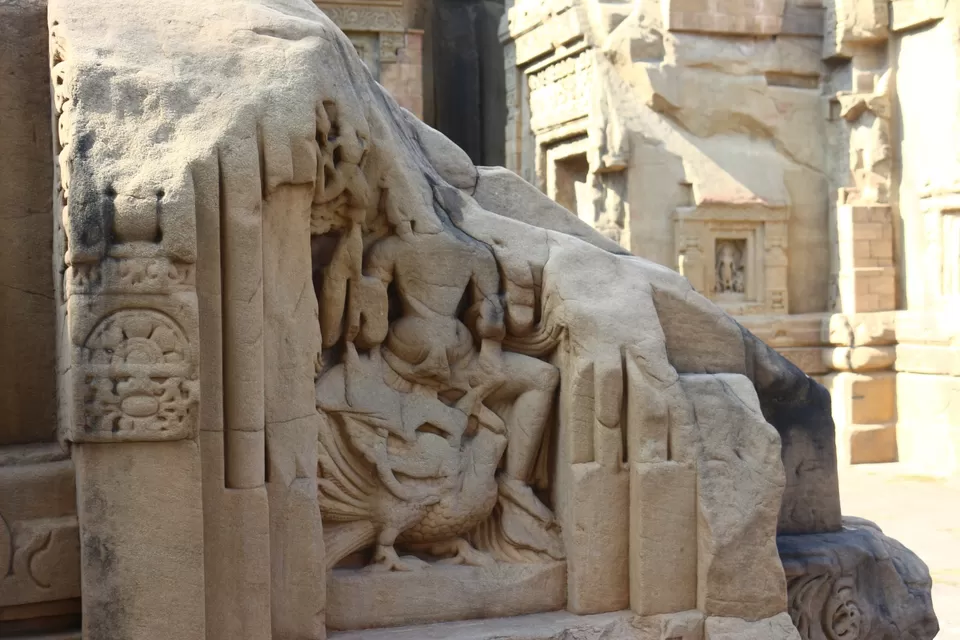











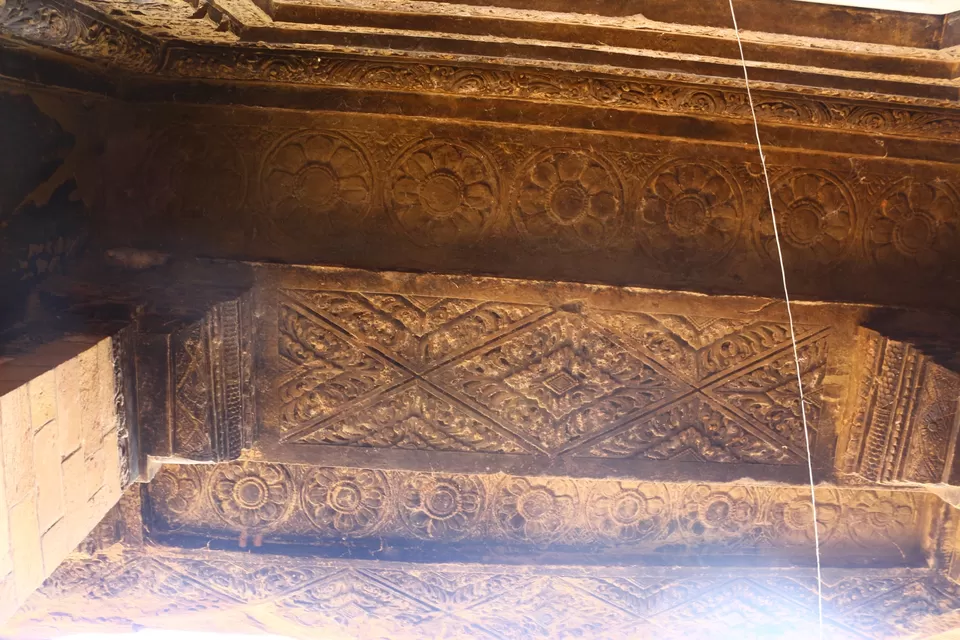













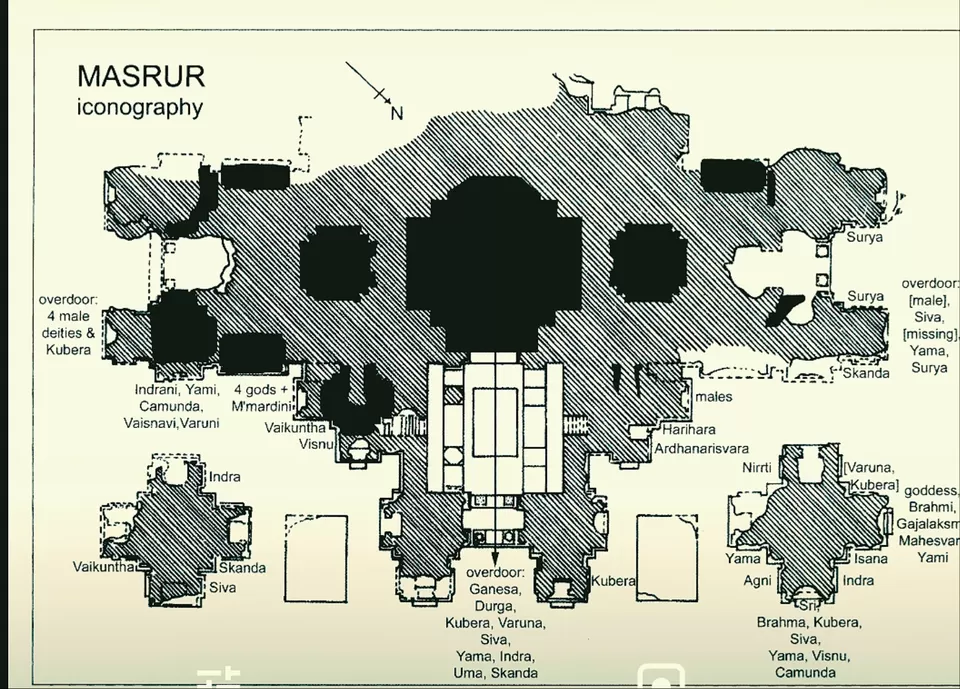
On the last day, we spent some time at the grooms village and experienced the rituals of the typical Himachali Marriage. However, we came to know about one more ancient temple of Godesses Bala Devi which is revered to be the Kuldevi Temple of various Himachali Rajput and other Clans. It was very near to the village so we decided to venture there.
It was also a beautifully crafted temple with marvellous piece of architecture. Some of the pics are enclosed to have a closer look.
One of my friend told me that when the Beas River swells during rainy season many a times this temple got submerged in water.
Hope u enjoyed. Thanks for reading....Kindly share it and plan your trip.


